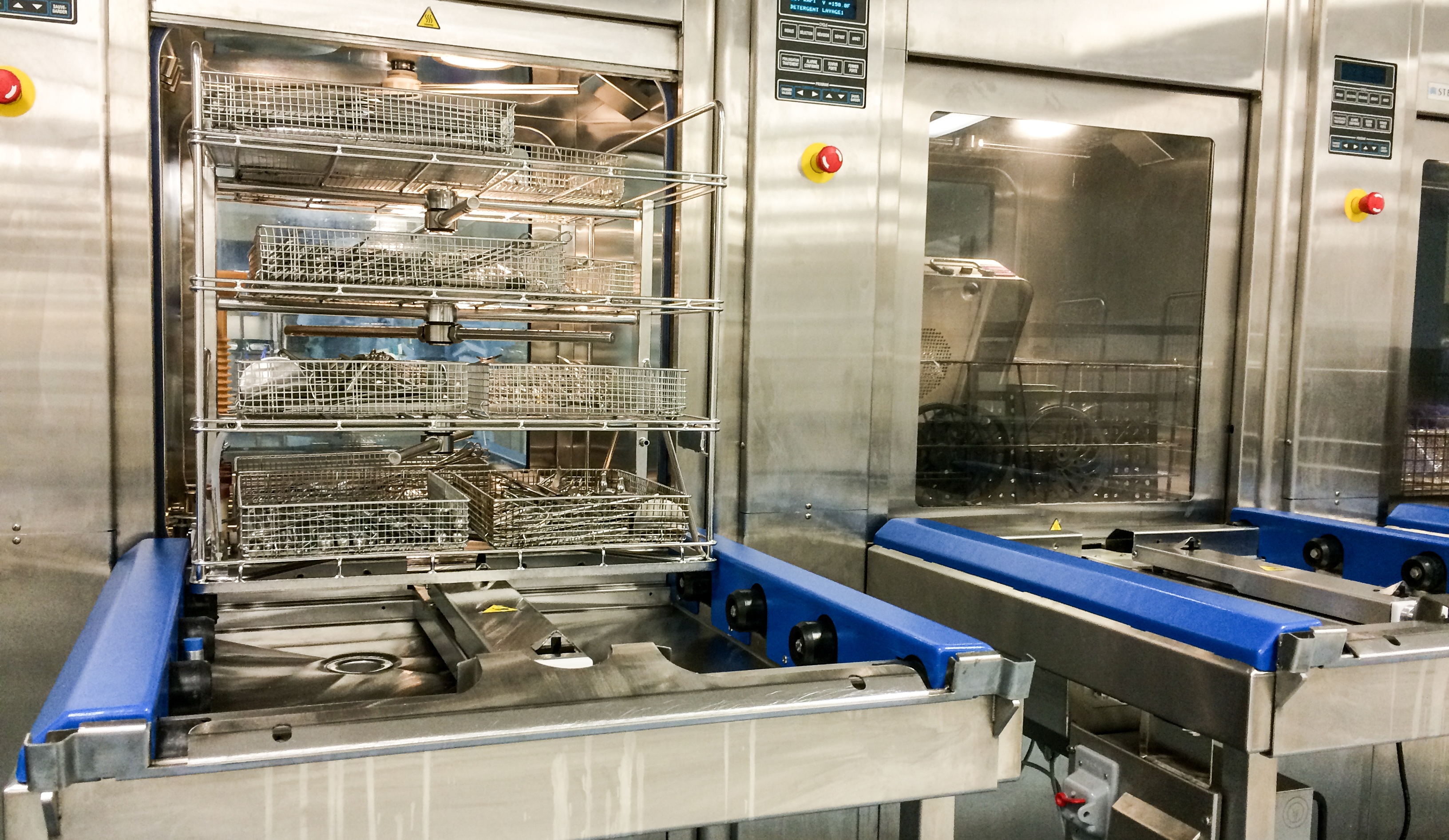New standard published on Sterility

Guidance on the requirements for designating device as sterile and assuring their sterility
Sterile devices are free of viable microorganisms. There is a portfolio of harmonised European Standards for development, validation and routine control of sterilization processes. These standards are intended to ensure that the sterilization process is reliable and reproducible. Reliability and reproducibility provide confidence that predictions can be made that there is an acceptable, low probability of there being a viable microorganism present on device after sterilization. Specification of this probability can vary between jurisdictions. The probability of survival of a single microorganism is also know as the sterility assurance level (SAL).
EN 556‑1 is the harmonized European standard specifying requirements for designating a terminally-sterilized device as sterile. It has also been adopted in a number of countries outside Europe, for example Australia and China. EN 556‑1 specifies that a probability of a viable microorganism on a device of 10−6 or less (e.g. 10−7) has to be achieved in order to designate a terminally sterilized medical device as sterile. There are, however, devices that are unable to withstand a terminal sterilization process achieving this probability. This might be because some or all of the materials that constitute the device are sensitive to traditional sterilization processes, for example cellular or biologically based components. EN 556‑1 includes an explanatory note that indicates that permission for acceptance of a probability greater than 10−6 (e.g. 10−5) can be sought through appropriate regulatory bodies. Such permission requires consideration of the individual situation, including the risk assessment undertaken by the manufacturer of the device. However, EN 556-1 gives no guidance on criteria that might be considered in seeking such approval and there is no alignment on how such devices should be labelled.
In December 2017, ISO published ISO/TS 19930:2017 - Guidance on aspects of a risk-based approach to assuring sterility of terminally sterilized, single-use health care product that is unable to withstand processing to achieve maximally a sterility assurance level of 10-6. This Technical Specification provides:
- background information on assurance of sterility and sterility assurance level,
- guidance on strategies that can allow the achievement of a maximal SAL of 10−6, and,
- general guidance on the considerations to be taken into account in selecting a SAL for health care product that is unable to withstand terminal sterilization to meet the general requirement to achieve maximally a SAL of 10−6.
ISO/TS 19930 has not yet been adopted as a European Standard. It is a guidance document and not intended to provide any presumption of conformity with European regulatory requirements. This topic is contentious for some regulatory agencies, conformity assessment bodies, manufacturers and national standards bodies. Development of this Technical Specification does not relax the regulatory and quality requirements to supply product as sterile. Its purpose is to bridge a gap in existing standards and regulations. This Technical Specification provides guidance on technical aspects when considering an alternative SAL to 10−6 for identified high clinical need, terminally sterilized devices unable to withstand the processing conditions necessary to achieve maximally a SAL of 10−6. ISO/TS 19930 is available from BSI as PD ISO/TS 19930.
Author: Eamonn Hoxey, of E V Hoxey Ltd, UK, is a writer, trainer and consultant on a range of life science areas including regulatory compliance, quality management, sterility assurance and standards development.
The Compliance Navigator blog is issued for information only. It does not constitute an official or agreed position of BSI Standards Ltd or of the BSI Notified Body. The views expressed are entirely those of the authors.

